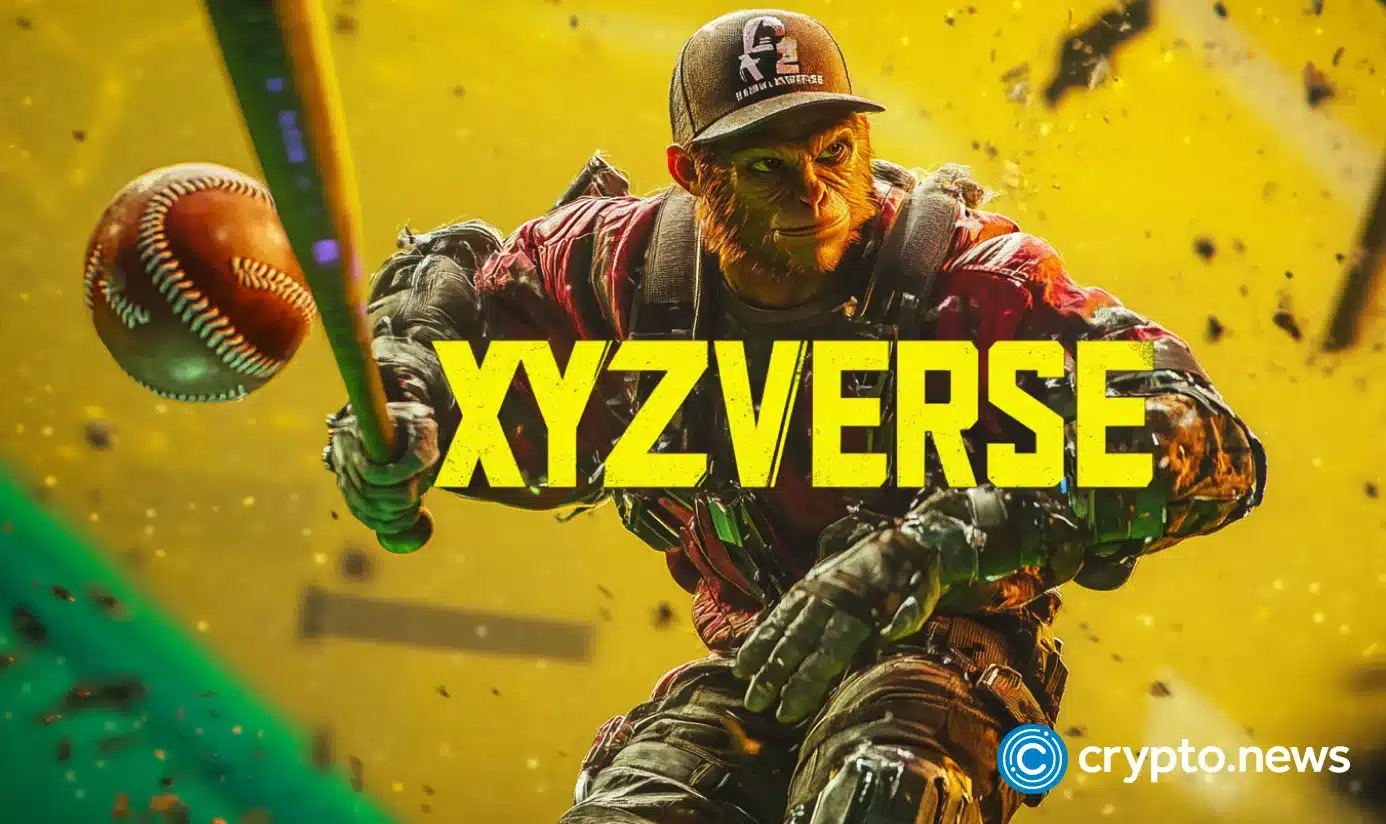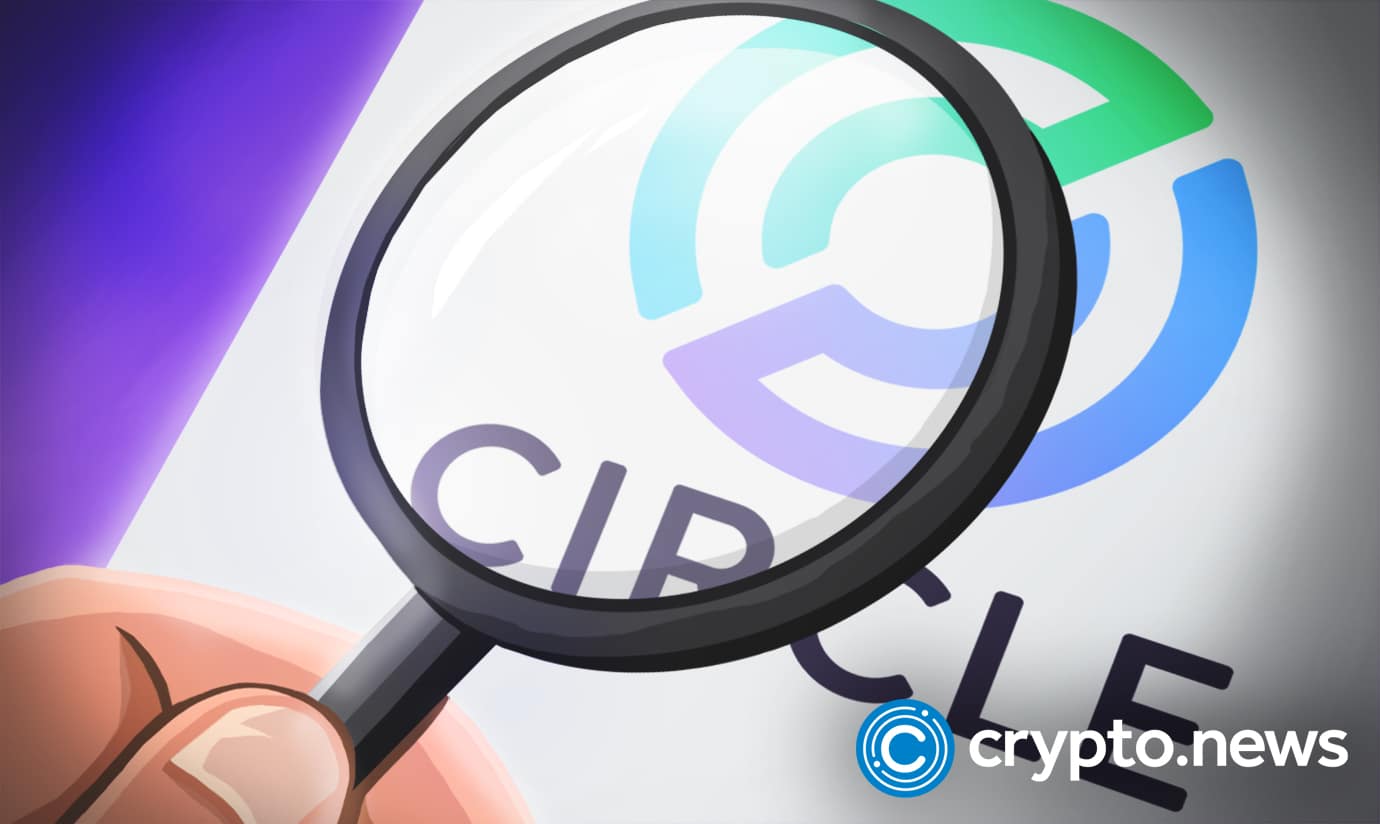Blockchain technology has transformed industries, but their networks are in silos. Each blockchain is a different set of rules, consensus algorithm, and architecture. Isolation prevents free communication between different blockchains, and data and asset transfer becomes difficult.
The Role of Cross-Chain Bridges
Blockchain interoperability is made possible in large part by cross-chain bridges. These bridges provide data and asset transfers and communication between several blockchains. To transfer tokens across blockchains without them, users would have to rely on controlled exchanges.
Cross-chain bridges come in two primary varieties:
- Bridges Based on Trust: To authorize and transfer assets, these depend on a central authority or validator.
- Trustless Bridges: These use smart contracts and cryptographic methods to ensure security without needing a central authority.
Cross-chain bridges are crucial for the multi-chain ecosystem because they reduce reliance on a single blockchain, improving scalability and efficiency.
Challenges of Cross-Chain Bridges
Cross-chain bridges have their challenges even with the benefits. The most significant challenges are:
- Bridge Security: The vast majority of cross-chain bridges have been compromised by hackers, with enormous financial losses resulting. Insecure security models can result in vulnerabilities being exploited by hackers.
- Transaction Speed and Costs: Some bridges require long waiting times for asset transfers. High gas fees can also make cross-chain transactions expensive.
- Complexity in Development: Developing a safe and efficient bridge needs sophisticated technology and profound blockchain expertise.
- Issues of Scalability: With an increase in blockchains, it becomes more and more difficult to sustain smooth interoperability.
Overcoming them is essential for the next level of blockchain interoperability.
Blockchain Interoperability 2.0: A New Era
The future phase of blockchain interoperability – commonly referred to as Blockchain Interoperability 2.0 – is dedicated to developing sophisticated cross-ecosystem bridges. The new methodology will aim at enhancing security, efficiency, and scalability.
Some of the most critical advancements in Blockchain Interoperability 2.0 include:
- Decentralized Bridge Security Models: Using multi-signature wallets and zero-knowledge proofs for enhanced security.
- Layer-0 Solutions: These serve as foundational layers that connect multiple blockchain networks.
- Automated Liquidity Protocols: They enable seamless asset transfers without human intervention.
- Cross-Chain Smart Contracts: Smart contracts that interact between multiple blockchains automatically.
These technologies make the multi-chain environment seamless and safer and reduce the risk of traditional bridges.
Layer-0 Solutions: The Future of Interoperability
Layer-0 solutions are increasingly integral to Blockchain Interoperability 2.0. Unlike Layer-1 blockchains (such as Bitcoin or Ethereum) where the focus is on their native consensus and security models, Layer-0 solutions interconnect several blockchains at the root level.
Some of the most vital benefits of Layer-0 solutions are:
- Universal Connectivity: They enable multiple blockchains to interact effortlessly.
- Improved Security: They use robust cryptographic methods to prevent hacking.
- Faster Transactions: Transactions are processed more efficiently without congestion issues.
- Lower Costs: They reduce gas fees by optimizing transaction pathways.
Layer-0 solutions help solve bridge security concerns while ensuring efficient and seamless interoperability.
Comparing Blockchain Interoperability Methods
Feature | Traditional Bridges | Blockchain Interoperability 2.0 |
Security | Often vulnerable to hacks | Uses decentralized security models |
Speed | Can be slow | Faster cross-chain transactions |
Costs | High gas fees | Lower fees with Layer-0 solutions |
Scalability | Limited | Easily connects multiple chains |
Smart Contract Integration | Basic or none | Advanced cross-chain contracts |
The Impact of Blockchain Interoperability
The rise of Blockchain Interoperability 2.0 and advanced cross-chain bridges will revolutionize several sectors:
- Decentralized Finance (DeFi): Users can access liquidity pools across different blockchains without limitations.
- Gaming and NFTs: Gamers and collectors can trade assets across different networks seamlessly.
- Supply Chain Management: Businesses can track and verify goods across various blockchain platforms.
- Healthcare and Data Sharing: Patient data can be securely transferred across different blockchain-based medical platforms.
Interoperability of blockchain can transform how industries operate, making the digital world more interconnected and efficient.
Blockchain interoperability is evolving rapidly. Cross-chain bridges are essential but must solve security and efficiency problems. Blockchain Interoperability 2.0 introduces novel solutions including Layer-0 networks, decentralized security models, and cross-chain smart contracts.
Remember, investing in cryptocurrencies involves risks, and it’s important to conduct thorough research and seek professional advice before making any financial decisions. (Please keep in mind that this post is solely for informative purposes and should not be construed as financial or investment advice.)
















 English (US) ·
English (US) ·